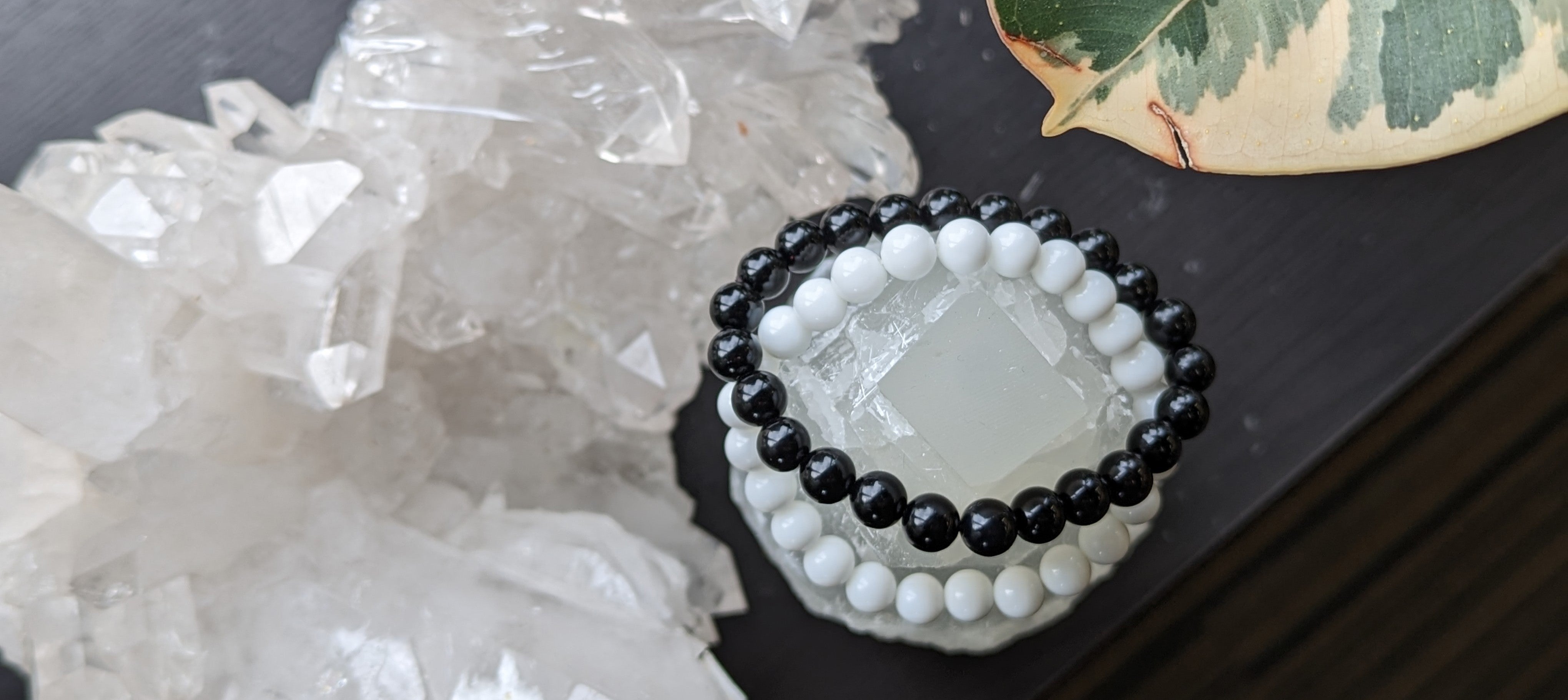It's hard to think of many things more beautiful than a geode. You've seen the pictures, like the one above – they're a seemingly normal rock, but inside lies an incredible surprise. Multicoloured gemstones line the inside, sparking and creating a beautiful pattern within the rock.
We all know what geodes are at face value, and we can identify them easily enough as well…but what is a geode? How do geodes form? What else is there to understand about these incredible rocks?
How Do Geodes Form?
First of all, geodes aren't necessarily rocks. They're classified as geological secondary structures, mostly because they aren't completely rock and they aren't completely crystal. Instead, they're part sedimentary or volcanic rock, part gem-quality mineral matter.
How do geodes begin? Not as rocks at all”instead, they originate as a bubble inside a layer of rock. How this bubble is formed varies. In some cases, the air bubble may be created by the explosive nature of volcanic rock, while in other cases the bubble is formed by an outside source, like a burrowing animal.
In the case of volcanic geodes, water eventually breaches this bubble. Mineral-rich water becomes trapped inside of the rock, and from these minerals are birthed tiny crystals.
This cycle repeats itself, sometimes over millions of years, and the crystals continue to stack and grow. Because the water has no definite pattern with how it breaches the rock bubble, geodes vary greatly in size, crystal pattern and crystal size.
When an outside natural source is to blame for the rock bubble, the bubble is surrounded by debris and sediments, eventually turning it into a sedimentary rock. The process is similar from here”water enters the bubble, minerals enter along with the water and then crystals form.
But where do these different colours come from? Water containing minerals isn't created equal. In one instance, a geode may be formed by water that has picked up the same minerals over and over again because of a specific type of mineral being prevalent in that area.
In other instances, the water picks up various types of minerals, leading to various colours within the gemstones.
What Makes Up a Geode?
Most geodes are made of two different types of crystals: quartz or calcite. Quartz is the most common, simply because it's a silicate mineral (the most common mineral type on Earth). Calcite is also commonly found in geodes, and geodes containing calcites often have a much greater colour variation.
The locations where geodes are found are actually few and far between. Most geodes are found in the United States (mostly in the states Indiana, Iowa and Missouri), though other geodes can be found in Brazil, Mexico and Namibia.
Finally, how you buy geodes can vary dramatically. Some geodes are large and complete, while others are clusters that have been broken from their original bubble, like these here.
No matter how you find or purchase your geodes, there is one truth that is evident: they are certainly one of nature's most beautiful creations!





